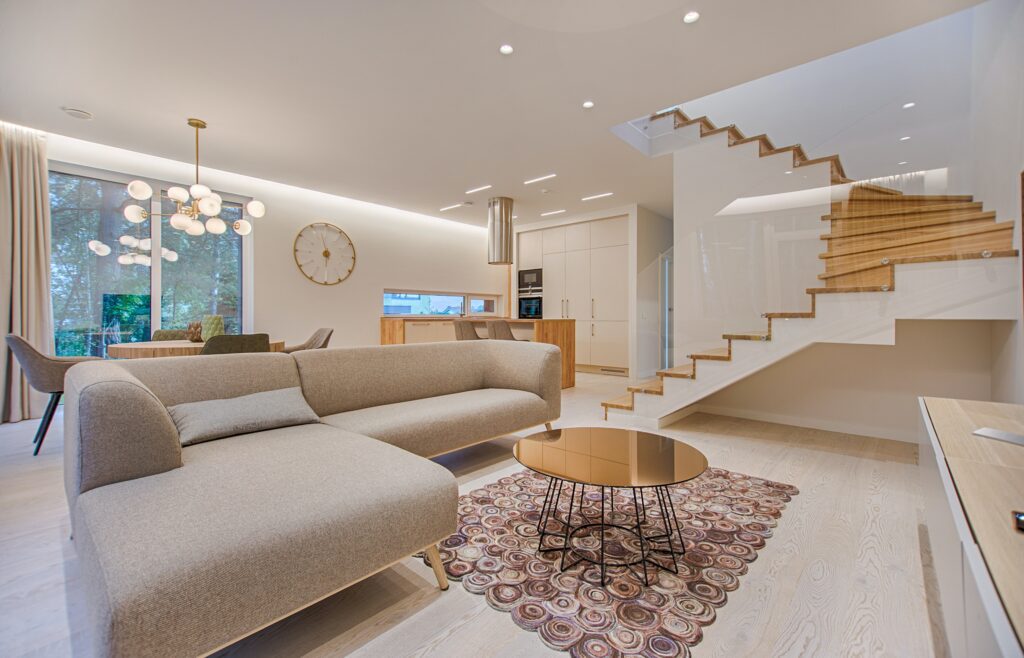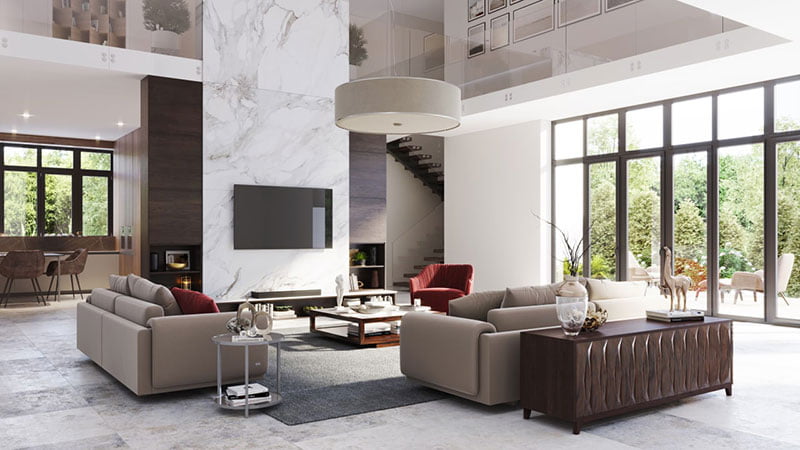

Color Theory for Interior Design: A Comprehensive Guide
Are you struggling to choose the right colors for your home décor? Do you want to create a harmonious and stylish environment that reflects your personality and taste? If so, you need to understand the basics of color theory.
In this guide, we’ll walk you through the fundamentals of color theory and how to use it to your advantage. We’ll cover everything from color wheels and primary colors to complementary, analogous, and triadic color schemes. By the end of this article, you’ll have the knowledge and skills to create a cohesive and visually appealing space.
What is Color Theory?
Color theory is the study of how colors interact with each other and how they can be combined to create pleasing and effective color schemes. It’s based on the color wheel, which is a circular diagram that shows the relationships between primary, secondary, and tertiary colors.
The color wheel is divided into three main categories:
- Primary Colors: Red, yellow, and blue are the three primary colors that cannot be created by mixing other colors.
- Secondary Colors: Green, orange, and purple are the secondary colors that are created by mixing two primary colors.
- Tertiary Colors: These colors are created by mixing a primary color with a secondary color. For example, yellow-green, red-orange, and blue-purple.


Color Harmony
Color harmony refers to the way that colors work together to create a cohesive and visually pleasing environment. There are several color schemes that you can use to achieve harmony in your home décor:
Complementary Colors
Complementary colors are opposite each other on the color wheel, such as red and green or blue and orange. When used together, they create a strong contrast that can be both striking and harmonious.
Analogous Colors
Analogous colors are next to each other on the color wheel, such as yellow, yellow-green, and green. When used together, they create a harmonious and calming effect.
Triadic Colors
Triadic colors are three colors that are evenly spaced on the color wheel, such as red, yellow, and blue. When used together, they create a vibrant and balanced color scheme.
Choosing Colors for Your Home Décor
When choosing colors for your home décor, there are several factors to consider, such as the mood and style that you want to create, the natural light in your space, and the size and layout of your room.
Here are some tips to help you choose the right colors for your home:
- Start with a neutral base: Choose a neutral color, such as white, beige, or gray, for your walls and larger pieces of furniture.
- Use accent colors: Add pops of color with accent pieces, such as throw pillows, curtains, and rugs.
- Consider the color temperature: Warm colors, such as red, orange, and yellow, create a cozy and inviting atmosphere, while cool colors, such as blue and green, create a calming and refreshing effect.
- Experiment with textures: Mix and match different textures, such as velvet, linen, and wool, to add depth and interest to your décor.
Conclusion
Color theory is an essential tool for interior designers and homeowners alike. By understanding the fundamentals of color harmony and choosing the right colors for your space, you can create a beautiful and functional environment that reflects your personal style and taste.
Remember to take your time when choosing colors for your home décor and experiment with different color schemes to find the perfect balance. With these tips and tricks, you’ll be on your way to creating a stylish and welcoming space that you’ll love spending time in.
Ready to apply color theory to your interior design? Contact us today for a free consultation at +61 490 867 444 or email us at admin@customsolutionblinds.com. Our team of experts is ready to help you create the perfect color scheme for your home or business.
